The library’s open plan also encouraged parental involvement in their children’s reading. During library visits, parents discussed their children’s reading progress and set goals for them. Because of their role as community hubs, libraries hosted literacy events that reflected larger cultural traditions of sharing knowledge and celebrating accomplishments as a group.
During focus group sessions, people talked a lot about how a library is a place for the community to come together. Whether they were talking about concerts, classes, and other events, book clubs and other social groups, or just a place where people could come to sit, chat, and read, a lot of people said they liked those libraries are often the only place where people can meet in their communities. Many of the people we talked to put a lot of value on having a comfortable public library where they can meet. People are increasingly using internet services and spending less time interacting with others as a result.
Nearly half of those who visited the main library did so for research purposes, according to the report. One’s own productivity is directly tied to this. Customers’ varied information needs were revealed through interviews. Some of the reasons related to their occupations, but the majority involved serious initiatives or activities that couldn’t be viewed as mere work.
For example, some projects involved theater set design, a photography exhibit, research for a movie, small business development, and writing a screenplay. These examples show that building public culture is a long, complicated, and ongoing process in which people are often involved in surprising ways. So, the research suggests that looking for helpful information and then putting it to good use may be essential to building a modern public culture in the twenty-first century, which is just getting started. If this is the case, the central library is a crucial location for consuming and creating culture. In addition, it contributes to the well-being of society uniquely.
Benefits of Loudoun County Library Events
A student might struggle to read for any number of reasons, and the school librarian is best equipped to help find “just the right book.” This refers to the book that is suitable for the student’s requirements at any given time, in a format he or she can understand and enjoy, and at an appropriate reading level.
Working with children, keeping track of their progress, and boosting their confidence are all ways to ease the transition from picture books to fiction.
Giving books in a series to a reluctant or struggling reader is a great method to get them interested in reading. If a reader enjoys the first installment in a series, picking up the next one will be a no-brainer. They enjoy reading, and while they do so, they improve their reading skills.
Peer recommendations and series are also good ways to get kids who don’t like reading or are having trouble with it to read more.
The library should not be the focal point of the experience, but rather the reader. Find out what you can by observing library patrons and conducting research to put your hypotheses to the test. Discuss the findings with your team and use the data to compile a profile of the neighborhood. This will allow you to create reading programs and an updated library with a wide variety of books from other cultures that will be interesting to all kids.
If you know what your students are interested in and how well they can read, you will be better able to match books with readers and provide “book talks” that are more likely to pique their pupils’ interest in reading.
Here are some ways to help students choose books:
- Making places that are easy for readers to use, putting up clear, helpful signs, and attractively displaying materials, with lots of book covers facing out;
- Interacting with students among the bookshelves is a great way to talk to readers and participate in the reading conversation. It also helps build a collection that includes various resources and formats.
- Promoting books for all ages, such as by telling older kids that sophisticated picture books and easy-to-read fiction are “quick reads.”
Avoid genre and author displays by putting fiction and non-fiction books together in strange ways. There is much to discuss here, and you can find more models and resources on the opening book website.
Free English-Spanish Classes
Reading instruction in both Spanish and English requires teachers to be fluent in both languages. This is crucial due to the visual similarities between the two languages. As such, educators have a responsibility to inform their pupils about these distinctions.
In the classroom, then, it’s important to respect each language’s phonology as much as possible. Additionally, teachers should strive to deliver lessons that are concise, organized, and well-thought-out. Teachers can help students improve their language skills by providing them with opportunities to build cross-linguistic connections and get a deeper understanding of language structure. A scope and sequence focusing on phonological awareness can help this kind of instruction work well. To help ELs and literacy instruction in dual-language classrooms, a phonological awareness scope and sequence should ideally:
- Talk to students about the skills they need to do well in English and Spanish.
- Focus each lesson on one skill at a time.
- Give teachers the chance to teach these skills and time for students to practice them.
- Build on the skills and knowledge that students have learned in previous lessons.
- Keep students interested and on task throughout the process of learning.
The scope and sequence should also include lessons that focus on one phonological awareness skill at a time, like rhyming, blending, segmenting, isolating, manipulating, and stressing syllables, to help support and speed up students’ progress. When looking for high-quality lessons, teachers should also look for ones that:
- Words that are useful and right for your grade
- Opportunities for blending letter sounds and syllables
- Text that’s fun to read and uses alliteration
- Readers that students can decode are good for them.
- Stories and pictures that are important to a culture
Vowels are an excellent place to begin when teaching young children to read Spanish. After students have a firm grasp on these letters, teachers can move on to teaching them frequently used consonants. To put it another way, this facilitates the decoding of words and the establishment of associations between letters and sounds in words containing the target sounds as pupils read.
Loudoun Shelter and Loudoun County Free Clinic
Having volunteers available makes it much simpler for Habitat for Humanity to respond to disasters and aid families in need, speeding up rebuilding efforts and rekindling hope after devastating events.
The goal of Habitat for Humanity is to assist those with modest incomes in securing or regaining homeownership. They put in a lot of effort with their local partners to locate rewarding volunteer opportunities for survivors to help rebuild their town.
Before sending volunteers to these areas, Habitat does extensive research to learn what is needed and how many people the area can support. After a crisis, it can be difficult to rally volunteers and make sure their aid is properly applied. Strategic preparation and tactical partnering are necessary for volunteers to assist with community-based responses.
Long after the initial crisis has passed, Habitat’s role as a charity leader in community reconstruction is made possible by the contributions of volunteers.
Be a Loudoun Volunteer
Adults throughout the country are in desperate need of assistance to acquire the essential skills they’ll need to be successful in their careers, as parents, and as members of their communities. Families and communities benefit when people complete their educational ambitions. We can make a difference with the help of our devoted volunteers.
Literacy programs for youngsters can’t function without the help of volunteers. They inspire hope and enthusiasm and present a wide range of perspectives that enrich the educational experience.
- At one of the five Learning Centers for People, lead a small group of adults learning to read and write. Administrative tasks like keeping track of attendance fall under this category.
- For adult learners reading below the fifth-grade level, the Literacy Program provides a wide range of teaching techniques and resources suited for adults and twenty-first-century learning: books, magazines, and technology.
- Lead adult learners through tasks directly relevant to their educational and personal goals, such as reading, writing, and critical thinking.
Conclusion
Loudoun Literacy Council advocates may be able to help us bring attention to adult literacy issues, change laws, and make changes that are needed because of your support.
For this cause, it’s crucial for educators to convey concepts in a way that respects the linguistic characteristics of each student’s native tongue. Educators should also make an effort to deliver lessons that are concise, organized, and well-thought-out. Scope and sequences that emphasize phonological awareness are great tools for bolstering this type of education. Teachers can help students grow their linguistic competence by providing them with opportunities to create cross-lingual connections and get a deeper understanding of language structure.

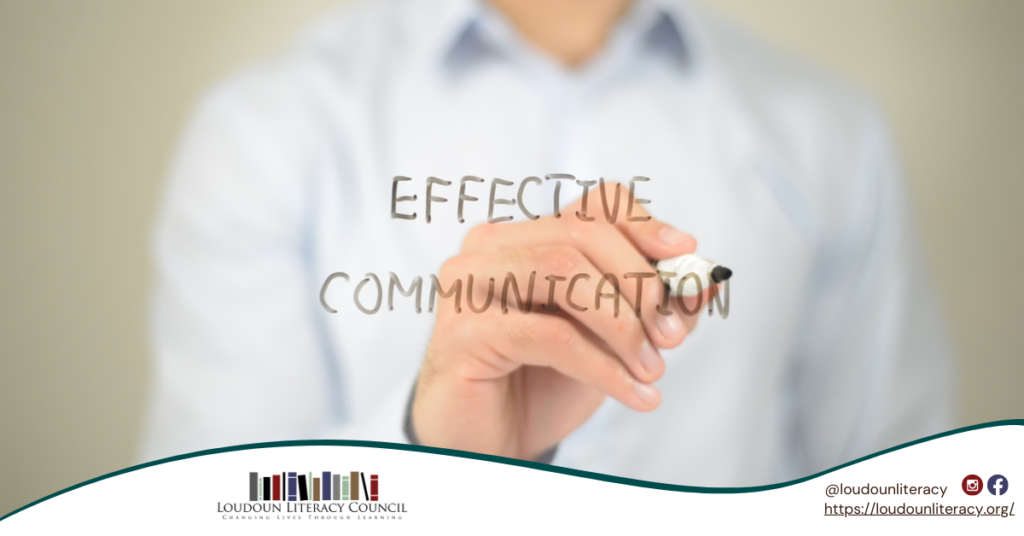

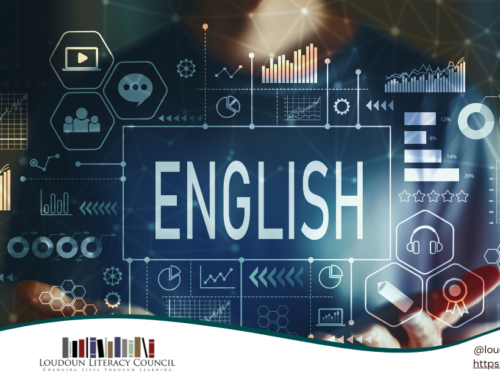
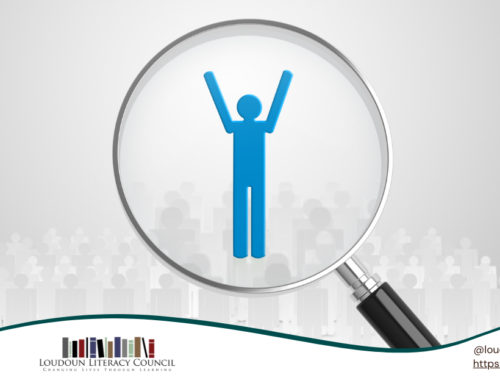
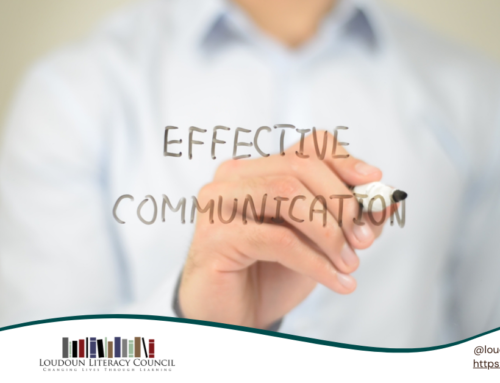
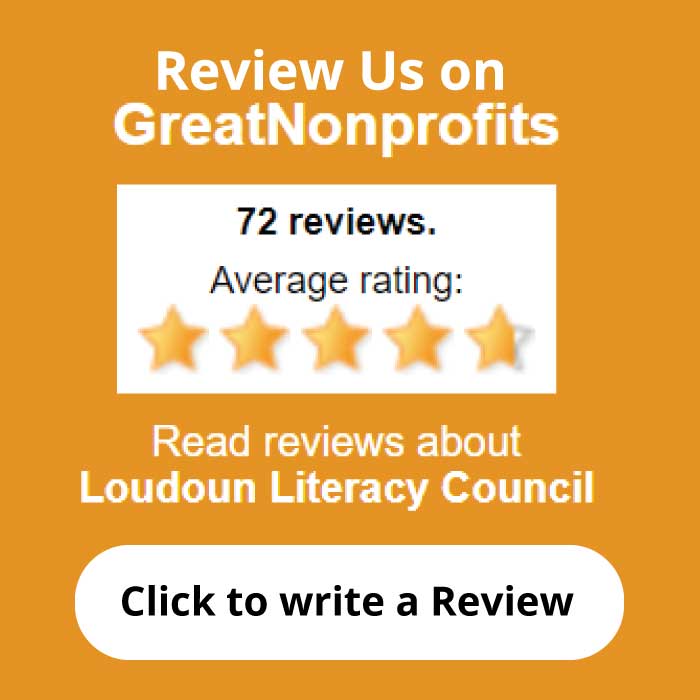




Get Social